Nationality Polish Name Romek Marber | Role Graphic designer | |
 | ||
Born 25 October 1925 (age 99) ( 1925-10-25 ) Education Saint Martin's School of Art Books No Return: Journeys in the Holocaust | ||
Romek marber graphics
Romek Marber (born 1925) is a freelance designer noted for his work illustrating the covers of Penguin Books. He retired in 1989, becoming a Professor Emeritus of Middlesex University (née Hornsey College of Art).
Contents
- Romek marber graphics
- Biography
- The Marber Grid
- Beyond Penguin Crime
- Graphics
- Publications
- Romek marber w zydowskim muzeum galicja romek marber at the galicia jewish museum
- References
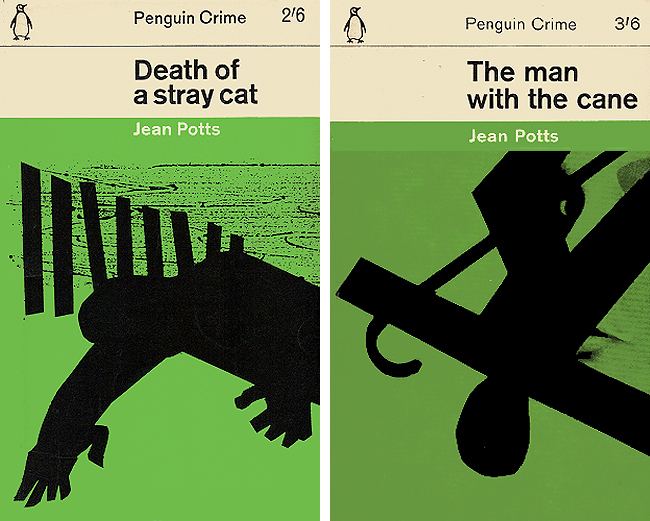
Biography
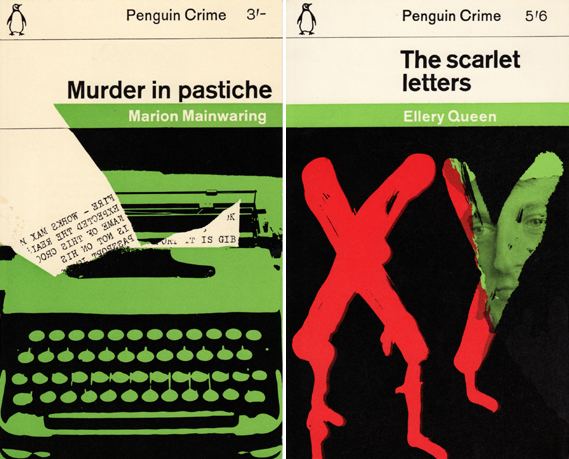
Romek Marber was born in Poland on 25 October 1925. In 1939, he was deported to the Bochnia ghetto. In 1942, Marber was saved from being sent to the Belzec death camp by Sergeant Kurzbach (the commander of the forced-labour workshop in Bochnia, credited with saving a large number of Jews during World War II).
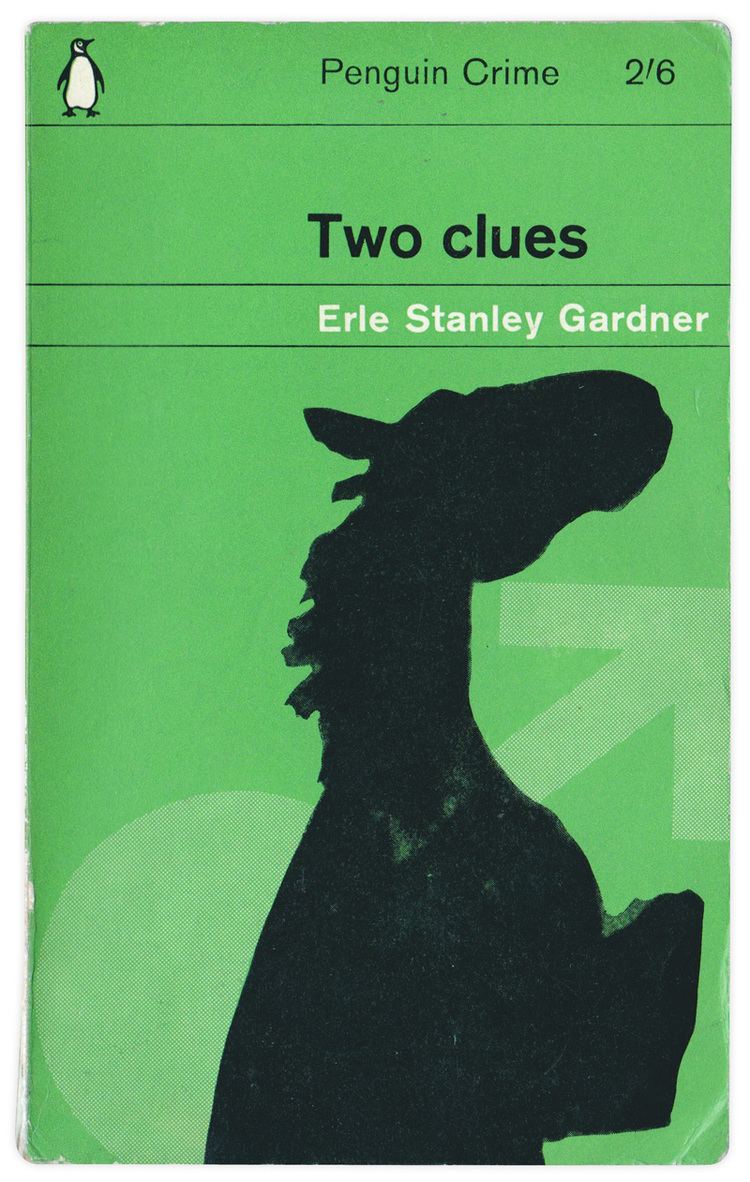
Marber eventually arrived in Britain in 1946, where he was reunited with his father and brother. He applied for an education grant from ‘The Committee for the Education of Poles in Great Britain’ (established in the 1940s to cater to the needs of Polish servicemen and their families displaced by World War II), to study painting. However, he was advised by a member of the committee to apply for a course in Commercial Art, which he enrolled upon at St. Martin’s School of Art in the early 1950s. About his time as a student, Marber notes that he “spent time drawing and I regarded it as an exercise in observation, a visual note book.” He attended the Royal College of Art in 1953.
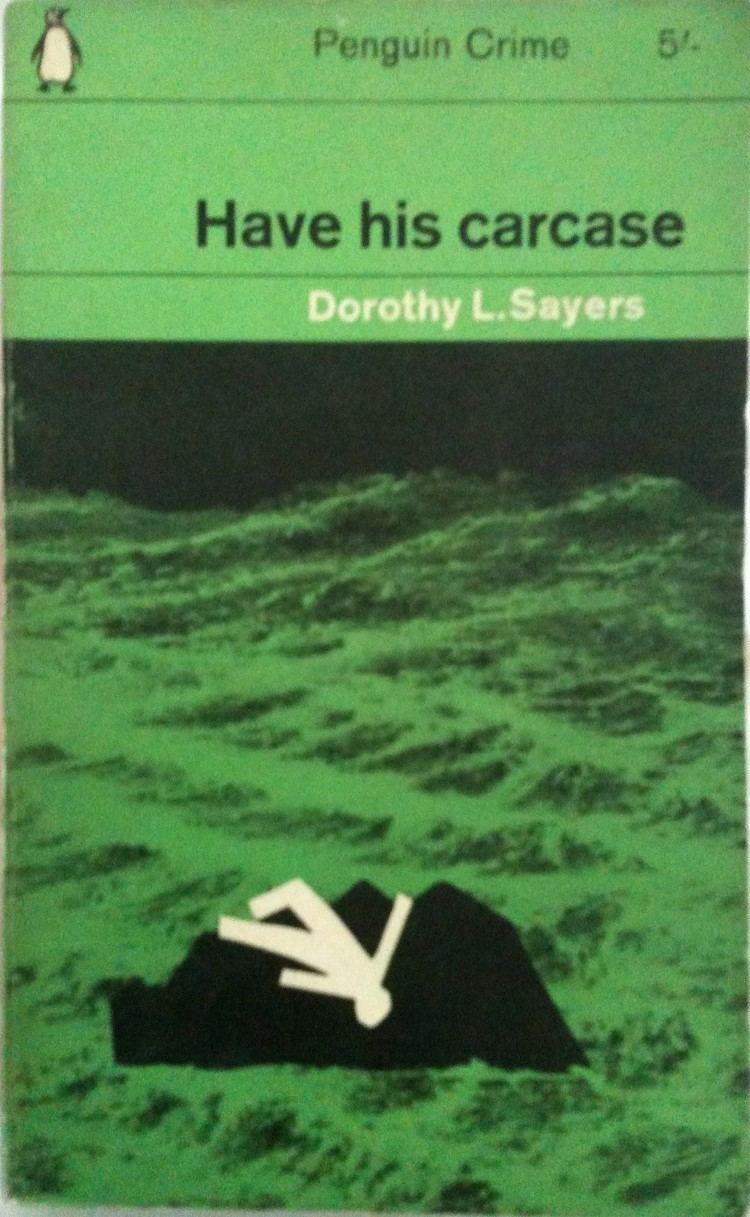
During the late 1950s, Marber worked on a number of projects, including covers for The Economist. He states that “the newsprint paper and the coarseness of the halftone printed by letterpress [of the Economist] suited the boldness of my work… Black with red is simple and dramatic.” When describing the process of designing the covers, Marber recalls the prolonged wait for editorial decisions to be made, and enjoying the speed of the illustration process.
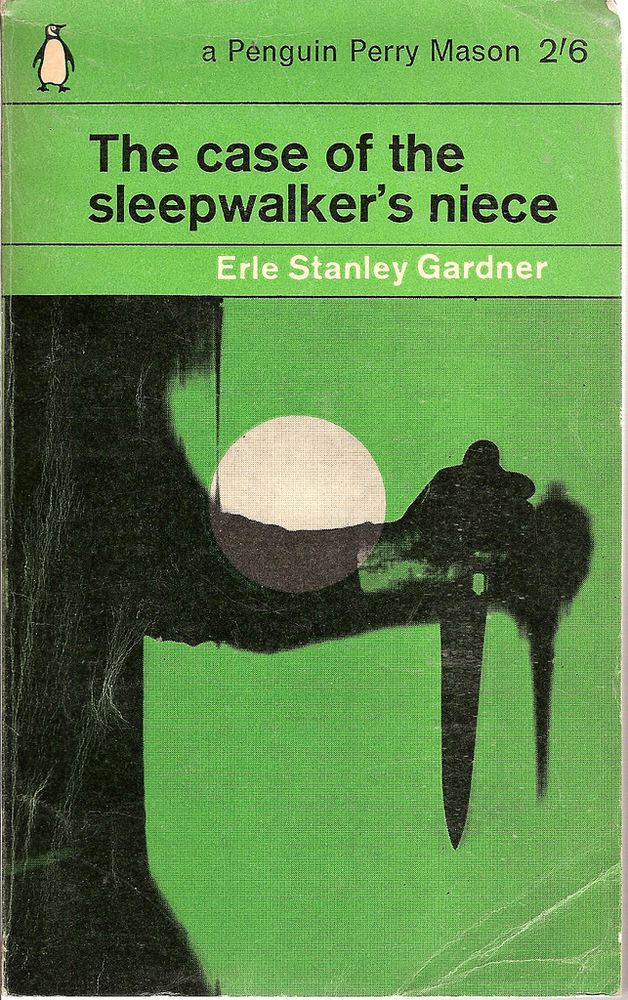
In 1961, impressed by Marber’s covers for The Economist, Germano Facetti commissioned Marber to design covers for Simeon Potter's Our Language and Language in the Modern World. For the cover of Our Language, Marber recalls that he was “trying to convey that the language is English and evolving.”
The 'Marber Grid'
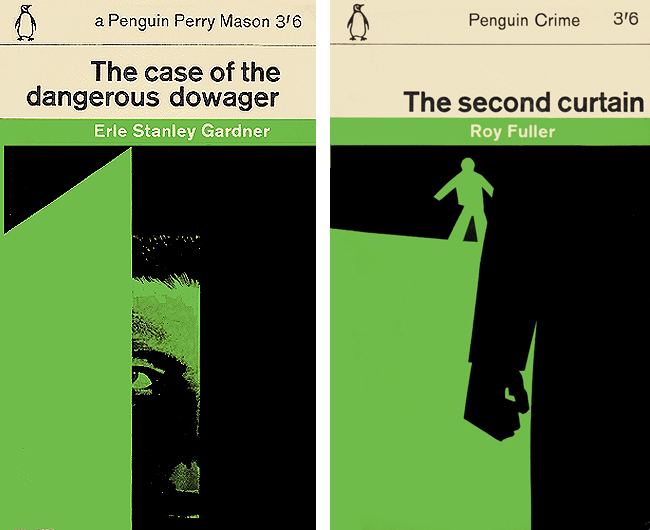
Soon after these initial designs, Facetti asked Marber to submit a proposal for a new cover approach for the Penguin Crime series. He was asked to do twenty titles in four months (between June and October).

Marber chose to retain the green colour for the series, though he used a 'fresher' shade. He also kept the horizontal banding of the previous Edward Young designs. The image on Marber's covers occupies just over two-thirds of the space, while the title section at the top is divided into three bands carrying colophon/series name/price, the title and the author's name, with the type ranged left.
This arrangement was adopted for much of the rest of the Penguin line giving that publisher its distinctive visual unity throughout the 1960s and 70s.
Penguin books eventually decided that books in a series by the same author should have their own individual pictorial identification. Marber edited his original designs for Dorothy L. Sayers books by adding a small white figure, which he included in different postures on each cover.
Beyond Penguin Crime
Marber became tired of designing crime fiction book covers. After taking a hiatus for a few years, he was asked to design the covers for six Angus Wilson novels. Penguin books had a new 'house style', where the 'Penguin' logo had to be placed in the top right hand corner of the cover.
Graphics
In 2013, The Minories, Colchester exhibited a retrospective of graphic work designed by Romek Marber for Penguin books, The Economist, New Society, Town and Queen magazines, Nicholson’s London Guides, BBC Television, Columbia Pictures, London Planetarium and others. The exhibition went on to be shown at the University of Brighton and the Galicia Jewish Museum in Krakow
Reviews can be found here:
Publications
In 2010 Marber published an autobiography of his experiences during World War Two:
No Return: Journeys in the Holocaust (Richard Hollis; 1st edition, 2010)
